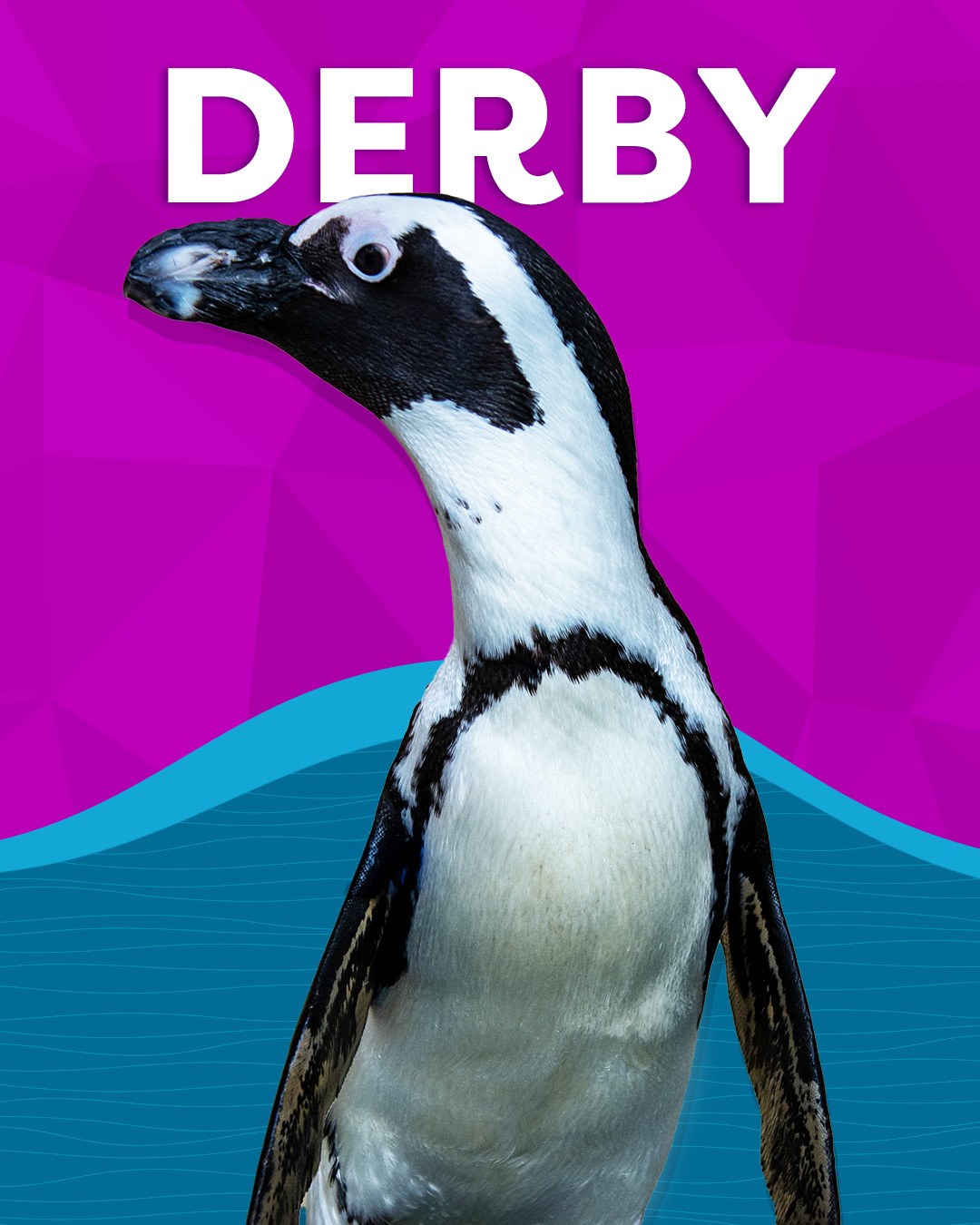- Derby’s Role at Ripley’s Aquarium of the Smokies: Historical Significance and Impact
- Penguin Biology and Life Cycle: Understanding Humboldt Penguins
- Hand-Rearing Practices: Foundation of Penguin Care
- Conservation Efforts and Challenges Faced by Penguins
- Visitor Engagement and Educational Opportunities
Derby’s Role at Ripley’s Aquarium of the Smokies: Historical Significance and Impact
Derby’s hatching at Ripley’s Aquarium of the Smokies marked a significant milestone, not just for the facility but also for wildlife conservation. As the first chick hatched at the aquarium, Derby represents a successful blend of meticulous care and advanced breeding programs. The staff’s achievements in this area have fueled further research and conservation initiatives, embedding a legacy of commitment to the welfare of aquatic life.
Derby quickly became a symbol of hope and progress. His presence at the aquarium has highlighted the importance of specialized care within captivity settings. By thriving under human supervision, Derby has enabled researchers to better understand the nuanced needs of penguins born outside their natural habitats.
Penguin Biology and Life Cycle: Understanding Humboldt Penguins
Humboldt Penguins, native to the coastal regions of Chile and Peru, face a unique set of challenges in the wild. Their biology and life cycle are adapted to specific environmental conditions, such as cold ocean currents and abundant fish supply. Understanding the biology of Humboldt Penguins like Derby is crucial in providing the best care in aquariums and similar settings.
Humboldt Penguins have distinct physical characteristics, such as a robust body, flipper-like wings, and a unique black stripe across their chest. Their breeding involves finding seclusion in rocky burrows or other sheltered areas, and they are known for their intricate mating rituals. Understanding these aspects aids in creating environments that mimic natural conditions closely, thus enhancing their wellbeing in captivity.
Hand-Rearing Practices: Foundation of Penguin Care
Hand-rearing penguins requires a high level of expertise and dedication, involving feeding regimens and health monitoring to mimic parental care. Derby’s care involved around-the-clock attention, ensuring he received proper nutrition and developmental support. This process not only helped Derby survive but also thrive within an aquarium setting.
Techniques for hand-rearing have evolved through careful study and practice, aiming to replicate the natural interactions of a penguin chick with its parents. This requires precise temperature regulation and a tailored diet that provides all necessary nutrients for growth. Hand-rearing can create strong human-animal bonds, which are beneficial for behavioral studies and encouraging natural social interactions, even in captivity.
Conservation Efforts and Challenges Faced by Penguins
Penguins face numerous environmental threats, including climate change, overfishing, and habitat destruction. Humboldt Penguins are currently classified as vulnerable, and their survival relies on our collective conservation efforts. The work at Ripley’s Aquarium transcends exhibition—it serves as a critically important educational platform for conservation awareness.
Conservation programs at aquariums are crucial in fostering understanding and encouraging protective measures globally. Initiatives like those at Ripley’s Aquarium involve breeding programs, partnerships with wildlife organizations, and educational outreach to teach the public about the importance of protecting penguins and their ecosystems.
Visitor Engagement and Educational Opportunities
Derby’s presence presents a unique educational opportunity that extends beyond observation. Visitors to Ripley’s Aquarium can engage with Derby as part of an interactive experience that includes observing feeding habits, learning about penguin behavior, and understanding the broader ecosystem’s importance.
Educational programs are designed to inspire visitors towards conservation efforts by making the connections between captive care and wild preservation clear. The personalized experiences with Derby and his mate Noel enhance understanding and inspire action, fostering a deeper connection between humans and these remarkable creatures.
Understanding the balance between engaging public interest and providing authentic conservation education is essential. Derby’s story embodies this balance, offering a pathway to greater environmental awareness and action.
Derby’s journey from a chick to an icon at Ripley’s Aquarium underscores the value of dedicated care, robust technological support, and ongoing conservation efforts. His story serves as a beacon for future wildlife initiatives, encouraging continued research and support for vulnerable species.
*****
Source Description
🎉 Happy 12th Birthday, Derby! 🎉
As the first chick ever hatched at Ripley’s Aquarium of the Smokies, Derby is a true original. Hand-reared by our animal care team, he’s known for cuddling up during feedings and taking daily walks around the Aquarium with his mate, Noel.
Come celebrate with us and see this birthday boy in action at Penguin Playhouse!


